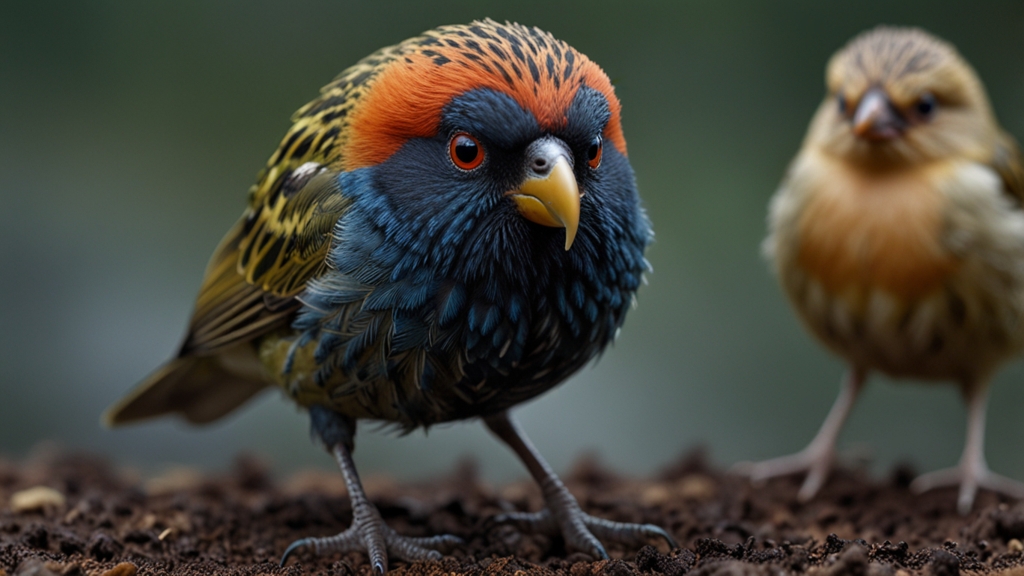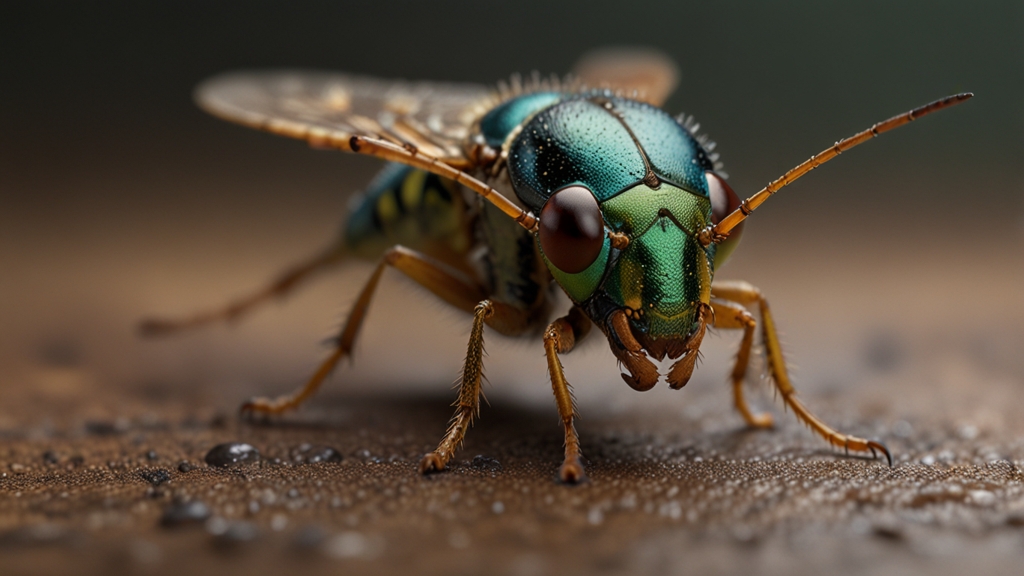Meet the Birds with the Weirdest Feet: Nature's Oddities
Birds are some of the most fascinating creatures on Earth, celebrated for their vibrant plumage, melodic songs, and incredible feats of flight. However, beyond their obvious charms, birds also boast a remarkable array of foot adaptations that serve various ecological roles. From grasping and swimming to digging and running, the diversity of bird feet is a testament to nature's ingenuity. Let's delve into some of the avian world’s most bizarre and eye-catching feet.
The Talons of the Harpy Eagle
The Harpy Eagle, often referred to as the "Queen of the Jungle," possesses some of the most formidable feet in the bird kingdom. These powerful talons can grow up to 5 inches in length, as long as a grizzly bear's claws. Not only do they provide a lethal grip for catching prey, but they’re also pivotal in the eagle's ability to navigate dense forest canopies.
“The harpy eagle’s talons are so strong that they can crush the bones of medium-sized mammals with ease. Watching one of these majestic birds in action is like witnessing nature’s very own raptor from a prehistoric era.”
Webbed Wonders: The Feet of the Northern Gannet
The Northern Gannet, a seabird known for its incredible diving ability, has uniquely adapted feet that play a crucial role in its hunting strategy. Their feet are fully webbed, allowing for efficient swimming and rapid propulsion underwater. This webbing, combined with their streamlined bodies, enables them to dive from great heights and chase down fish at astounding speeds.
Interestingly, the gannet’s feet aren’t just for swimming. They also feature spiny, water-repellent pads that make their landings on slippery, rocky coasts more stable. This dual functionality showcases the bird's evolutionary finesse in adapting to both aquatic and terrestrial environments.
Sand Dwellers: The Unusual Feet of the Arabian Lark
Roaming the vast deserts of the Middle East, the Arabian Lark is an excellent example of a bird whose feet have adapted for a rather inhospitable habitat. This bird sports elongated toes that help it walk on soft sand without sinking. Additionally, the underside of its toes features a unique scaly pattern that increases grip and stability, acting like nature's very own pair of sandshoes.
“The Arabian Lark’s feet are not just a marvel of adaptation but a testament to the lengths to which nature goes to ensure survival in even the harshest conditions.”
Feet for Digging: The Hoatzin
The Hoatzin, often nicknamed the “Stinkbird” due to its distinctive odor, boasts another unique feature: its clawed feet. Unlike most birds, Hoatzin chicks are hatched with two claws on each wing. These claws help them climb trees and escape predators, a vital skill in their early, vulnerable stages of life.
As the chicks mature, these claws disappear, but their feet remain highly functional for navigating their swampy, forested habitats. This evolutionary throwback to their reptilian ancestors is a captivating glimpse into the bird’s prehistoric lineage.
The Exotic Feet of the Jacana
Commonly referred to as the "Jesus bird" for its ability to walk on water, the Jacana owes this incredible skill to its distinctively large feet and elongated toes. These toes distribute the bird’s weight over a wider surface area, allowing it to stride elegantly across floating vegetation and lily pads.
Jacanas are often found in tropical wetlands, where their unique feet provide both balance and mobility. This adaptation not only allows them to hunt for insects and aquatic plants but also to escape predators by darting across the water's surface.
“In the eyes of evolutionary biologists, the Jacana’s feet are a marvel of natural engineering, perfectly attuned to their environment and lifestyle.”
Conclusion
From talons that grip with bone-crushing force to claws that hearken back to prehistoric times, the feet of birds are as diverse and specialized as the birds themselves. These adaptations not only highlight the incredible variety found in the avian world but also the lengths to which nature will go to ensure the survival of its creations. The next time you observe a bird, take a moment to appreciate the fascinating, often overlooked, intricacies of their feet - each pair tells a story of evolution, survival, and adaptation.







